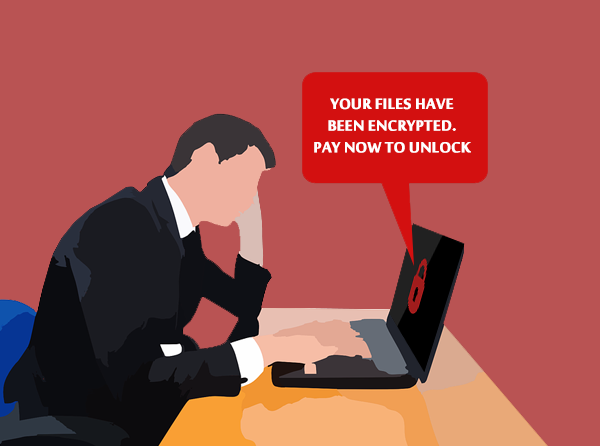
We use our IT equipment every day, but did you know it is one of the most disgusting pieces of equipment you own? Your phone may look clean, but studies show that a mobile phone can be 18x dirtier than a public restroom – and it gets worse. That keyboard you sit in front of while eating lunch is probably the biggest bacterial threat in your office with about 20 000 times more germs than a toilet seat (and if you share your computers with others this number will be a lot more).
Dirty equipment doesn’t only affect users as when dust builds up inside gadgets it causes them to overheat, malfunction and slow down. Your device essentially chokes on dust as vents and filters get clogged by sucking in pet hair and other floating debris.
Here are some steps on how to clean your essential tech items without damaging them:
- Skip the household cleaners: Most cleaning products are too harsh for technology and can end up causing permanent damage. You want something that can kill germs and remove everyday dirt and grime without scratching or leaving behind a residue. Your best bet is Isopropyl Alcohol. You’ll find it in hardware stores or even and your local chemist.
- Power down completely: Before doing any cleaning turn off the equipment (don’t just put it to sleep) and unplug it from any power sources. Switch wireless keyboards, mice, etc off underneath or remove the batteries.
- Remove any cases or covers: Undress your device as much as you can, but leave screen protectors on (unless there’s grime underneath). If your screen protector needs replacing, have a new one ready to apply.
- Grab a microfiber cloth: Dampen the cloth with Isopropyl Alcohol and wipe screens and external surfaces gently. Older build-up may require a bit of extra effort.
- Go deep: You can use a cotton tip or toothbrush to clean between most crevices, but some areas will need a bit more ‘oomph’ to clear. We don’t recommend vacuum cleaners as these can generate static electricity which may kill the item you are trying to clean. A can of compressed air is good to blow the dust out. You can get these from many stores and they come with a long nozzle so you can direct the air flow. You’ll be surprised what flies out, so it’s best to do this outside! Hold the fans with a pencil (or something similar) so that they don’t spin and potentially cause damage. Another option is to use a tech-specific vacuum, but unless you are using it a lot they can be expensive.
How often you clean your tech is up to you. But it’s a good idea to blow out the computers internals at least twice a year and wipe down the equipment a few times per month.
Is your computer making too much noise, getting too hot or would like us to clean them out? Give us a call at 08 8326 4364 or
su*****@dp*********.au
and we will take care of the cleaning for you.

 How much is your data is worth? Information is probably the most valuable part of your business. Imagine if you lost your client database, accounting software, inventory management and any intellectual property you may own. How long will it take to recreate this data and how much money would you lose in lost productivity, staff wages and the time it takes to either recover or recreate the lost information?
How much is your data is worth? Information is probably the most valuable part of your business. Imagine if you lost your client database, accounting software, inventory management and any intellectual property you may own. How long will it take to recreate this data and how much money would you lose in lost productivity, staff wages and the time it takes to either recover or recreate the lost information?